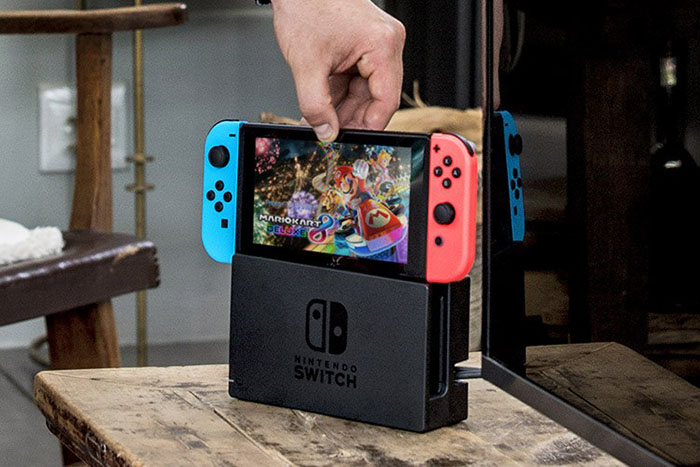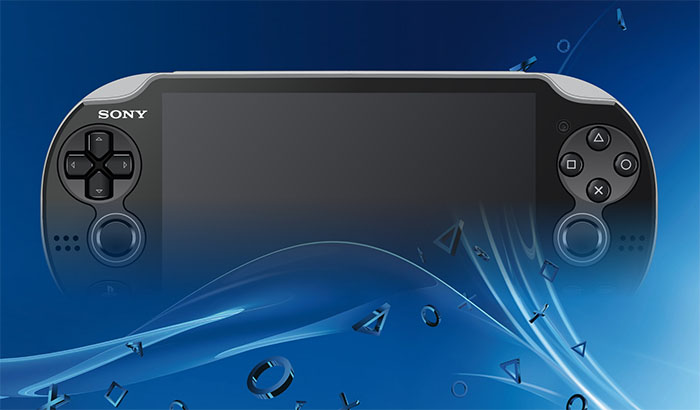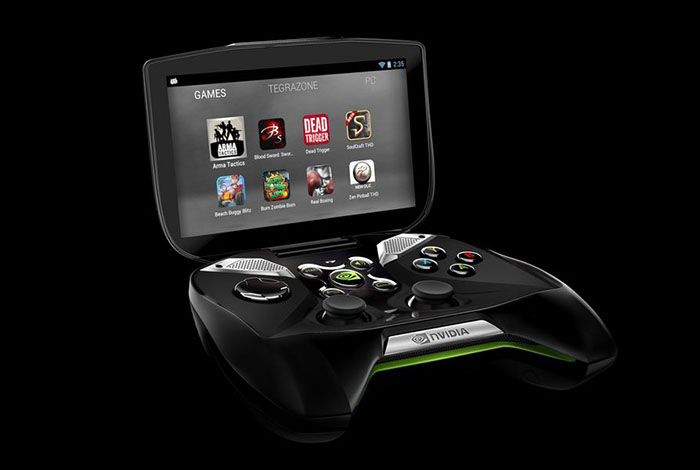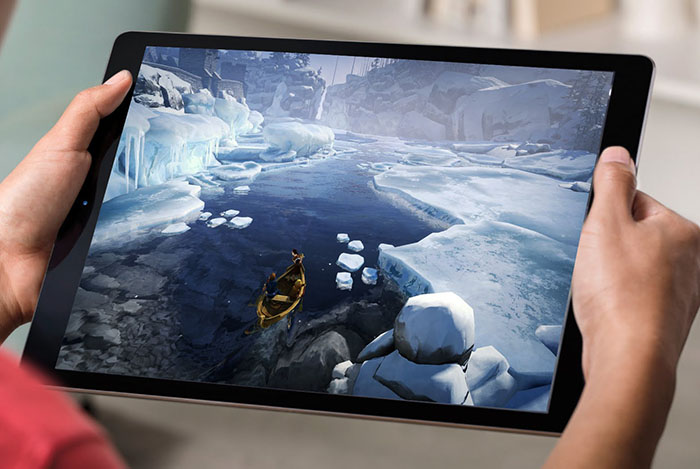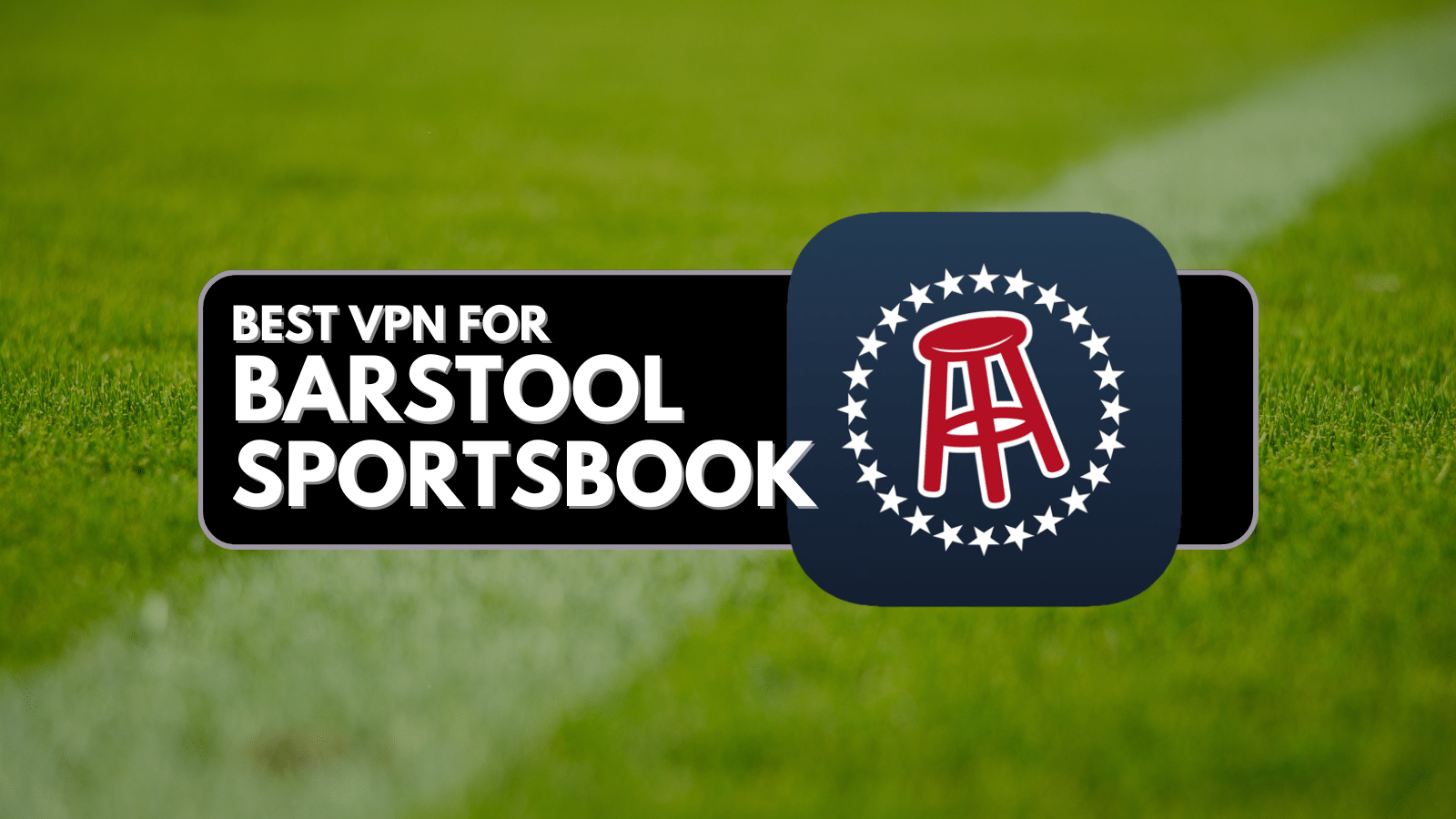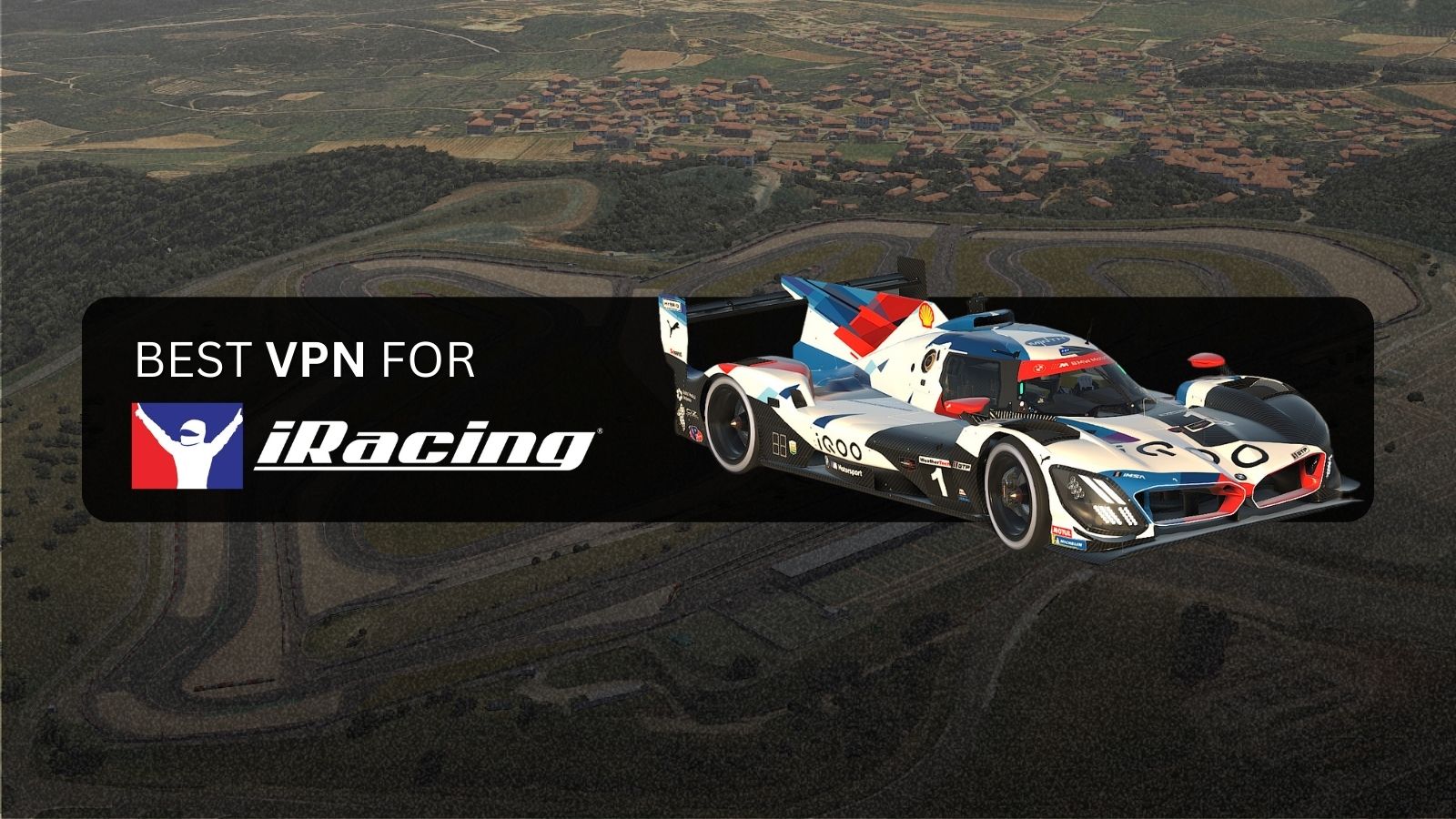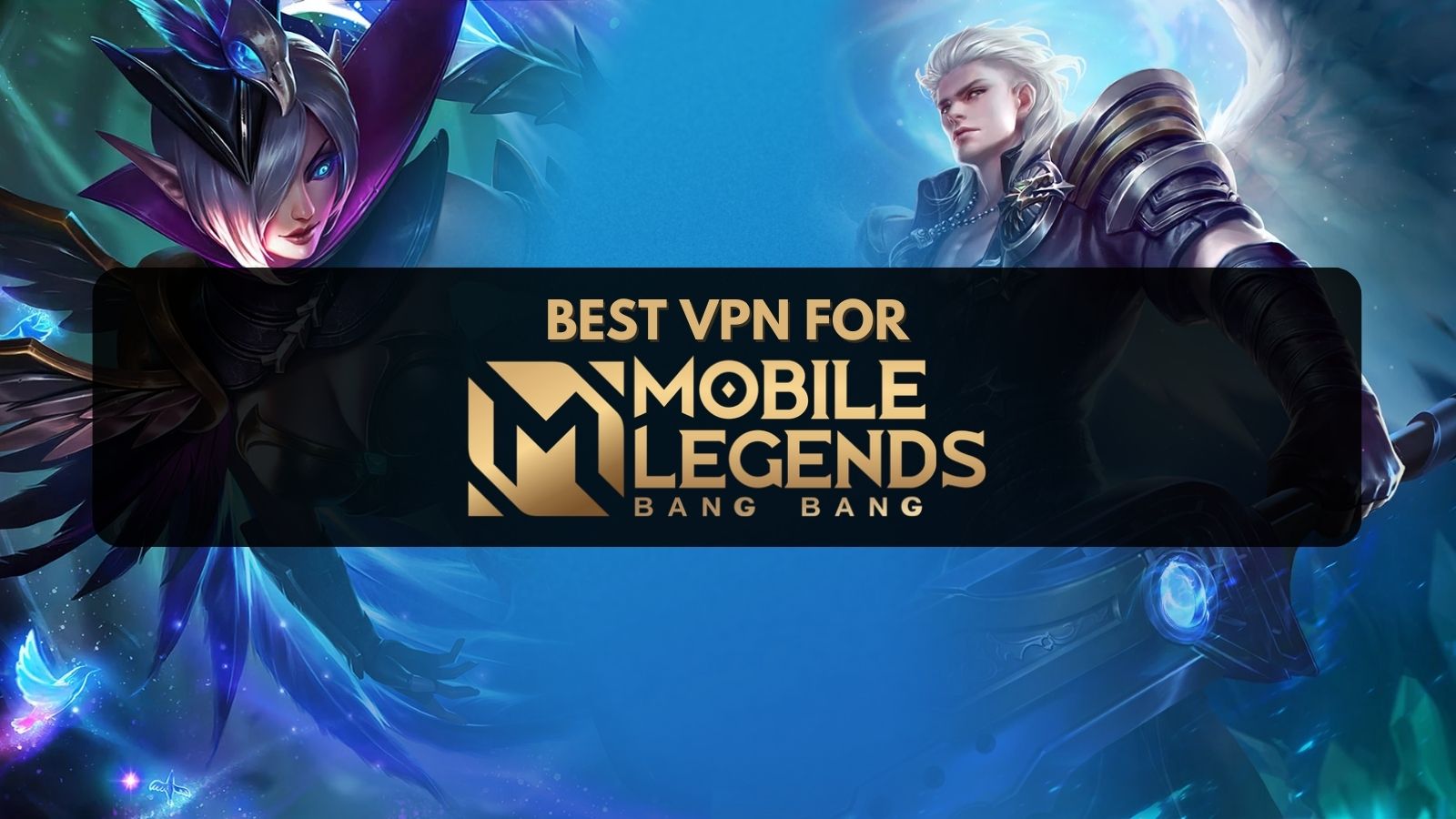
Best Xbox One X Alternatives – Our Top Picks!
At this very moment, the Xbox One X is the most powerful video gaming console in the known universe. The 4K Ultra HD gaming experience delivered by the One X added new dimensions to games like Gears of War 4 and Star Wars Battlefront II. However, let’s make no bones about it. The truth is that the Xbox One X has competition in the market. In fact, there's plenty of it! The list of good products that match up with the gaming console is a long one. Life is too short to know of all good things, so we'll tell you about the best Xbox X alternatives. Game on!
Option #1: Nintendo Switch
If there is one “smart” company in the gaming universe, it has to be Nintendo. Ever since the launch of the Wii series, Nintendo seems to have doubled down on its punching process. However, thanks to the Switch, Nintendo took their quintessential smartness to a whole new level. In turn, this has resulted in the massive popularity of the Switch. Let's take a look at why the Nintendo Switch is one of the best Xbox One X alternatives.
The Fundamentals
Instead of tackling tech giants Microsoft and Sony head-on against their mighty processing power, Switch went an extra mile and established a new institution vis-à-vis the hardware.
The fundamental rethinking of hardware done in the Nintendo labs proved to be the much-required jumpstart the console needed in a galaxy of look-alike-feel-the-same devices. The good news is that the hybrid form factor of the Switch is (a lot) more than just a visual gimmick.
After a week of use, no serious gamer could deduce one negative thing about the hardware. Furthermore, most of them seemed to unanimously agree that Nintendo’s graph of potential has skyrocketed on the back of this unique hardware.
Unique Features
The Switch mimics the appearance of predecessor Wii U by offering a 6.2-inch touchscreen. And that’s just the screen. The Switch beefs up to dimensions of 9.4x4.1x1 inches once you attach the joy con controllers. No one can doubt that the Switch is an incredible piece of hardware.
The screen itself is a 1280x720p bright glossy panel that makes for the above-decent viewing experience. While it is not the sharpest in the market, you get a moderate 237ppi density. The volume rocker, power button, and exhaust vent are located on top of the side panel. The 3.5mm jack and game card slot follow right after.
Completing the hardware of the Switch is a USB-C power port located under the device. A kickstand located on the back of the device reveals the micro SD card slot. We honestly thought that the kickstand could have done better in terms of alternative viewing angles and build quality. However, we liked the idea of having a kickstand - and we're happy that Nintendo decided to include it.
Gaming Experience
The joy cons can be attached to the two sides of the screen, and they shoulder over with a rather satisfying snap. You may also use detached from the device. Or, you can peg the neon and red joy cons on the two sides of the case and enjoy a more traditional joystick setup.
Unlike the Wii U pad, the Switch feels sturdier and intact at just 0.9 pounds. We can totally imagine gamers using the Switch for hours on the go without feeling heavy.
Connecting the Switch to TV is both easy and wise. Just connect the device to the smart dock (comes in the box) and fit the joy con controllers to the grid peripheral for enhanced ergonomics.
A Tegra processor gives the Switch a crisp 900p view when connected to a TV. However, some lagging on a densely composed screen is all too visible to ignore. What’s interesting is that you will never experience a similar lag when playing directly on the device.
Option #2: PlayStation Vita
The PS Vita could well go down the annals of gaming history as one of the most underrated handhelds ever created. The reason for that is a combination of sloppy marketing by the tech giant and some willful negligence by even the most ardent gamers.
The Basics
The truth is, left on its own; PS Vita could compete one-on-one with the Xbox One X. Many people (including game reviewers) believe that despite the impressive design and a long catalog of games, the PS Vita is a dying platform. But that could not be farther from the truth, given the sheer number of people who love (and collect) retro games.
Hardware Redesign
The redesigned version of the Vita is more colorful, slimmer, less expensive and definitely more powerful. So much that the Vita still stands a chance of qualifying as a legit gaming console purchase even at the far end of 2017.
On the hardware front, the new Vita is an upgrade in every way possible. While it has dropped a gorgeous OLED display and premium feel in favor of a sturdier body, the ergonomics are largely unchanged.
The built-in storage of the Vita is quite useful when you are looking to make small title installs. But that does not mean you will not need an external memory card. There’s room in the Vita for that too.
If you have been using something like an Xbox One X or a Nintendo Switch, you might not want to pounce on a Vita just yet. But while the Vita does not give you the kind of performance or stability that the Xbox One X or a Project Shield does, it is way ahead in the fight for affordability. Differently said, this is one of the best Xbox One X alternatives when it comes to buying on a budget.
Option #3: Project Shield
The Nvidia Shield was launched in 2013, the same year that Sony tried to re-launch the PS Vita. And while the product did not ultimately make the kind of impact that it was supposed to, it is never too late to remember Shield for the marvel it was. As you are about to see, this device is a serious contender when it comes to the best Xbox One X alternatives.
Extreme Power / Small Package
Clearly, Nvidia wanted a piece of the handheld-gaming pie when they came out with the Shield. So it installed a Tegra 4 Quad Core Arm Cortex A15 CPU on the Shield. Back in the year, that was pretty much the zenith for handheld consoles.
Add to that 2 gigs of RAM and a 16GB flash memory and we cannot find too many reasons to complain about the memory front. In fact, the device hardware is summarily a controller with a touchscreen (yes, you read that right!). The controller itself is more of a cross between a 360-controller and a dual-shock controller, with the two joysticks a little too close for regular gaming custom.
The Power of Android
The joy of the Shield is in how simply all of the controls and the screen fold down to become one full unit. Since the Shield runs on Android, you have instant access to a ton of apps and games on Google Play Store.
The best gaming experience on the Shield comes when running the Nvidia recommended games from the app store. And aside from the occasional blink-and-miss hiccup, we never spotted one full second of lag in the last four years. That includes some rigid games like Far Cry 4.
Plus, you can always remove the top “shield” thingy when gaming and put it back on when you feel like accentuating a bit (especially outdoors). The shields are fully customizable and come in all kinds of colors; just too bad that they cost $19.99 apiece.
The Right Time to Buy?
Not many gamers swear by the Nvidia Shield at the moment. But the ones that bought it back then do not find a viable reason to discontinue using the device just yet. Most of us still maintain that the Shield was among the most contemporary handheld gaming consoles available back in the day.
Unfortunately, it was the timing that was unbecoming for Shield. If you recall, that was the time when tablets were really on the ascent. That was precisely the reason the Nvidia Shield tablet was so popular despite coming out at roughly the same time.
If you are ever looking for the best Xbox One X alternatives that won't let you down one bit of gaming experience, the Nvidia Shield is what you should be looking at. And you just might fall in love with the addictive Android experience that allows for much customization of widgets too.
Option #4: iPad Pro (10.5-Inch)
We bet you did not see that coming. For all its millions of utilities, the iPad Pro 10.5-inch is one of a handheld gaming devices. And if you are anything of a gamer, one of these sleek Apple devices inside your backpack can make you a world of difference.
The Basics
For a start, you will fall in love with the iPad Pro just by holding the device in your hands. Those bezels are extremely thin and almost make you feel like you’re holding a well-made piece of glass. The twelve core graphics and the A10X CPU that the tablet comes with make for a more than handy gaming performance.
Since there is plenty out there on what the iPad Pro can and cannot (really?) do, we will keep our observations limited to gaming on the iPad Pro. We actually went ahead and tested the iPad Pro with all kinds of games – right from mini time-passing things to the heavy-on-the-GPU kind of stuff. After all, we can't discover the best Xbox One X alternatives if we don't try graphics-intensive games, right?
Gaming Experience
If you choose a game like Real Racing 3, you cannot fail to notice the sheer speed with which the game loads. We have tested the game on all kinds of devices, and the game still loads on the 10.5 faster than any other iOS device. Oomph!
What’s really difficult to put into words is the kind of crispness that the iPad delivers in terms of the frame rate transition. The performance of games is also top-notch, and the graphics are console-quality, if not better!
The iPad was killing it with a game designed for the tablet, so we decided to up the heat a bit. Therefore, we moved over to Grand Theft Auto: San Andreas. While the game is not graphically as intensive, it is definitely one of the most intensive there is. The game loaded up super-fast and there wasn’t one moment the device showed a performance lag. Round conquered!
Come Dead Trigger! Now that is one game which is definitely very graphically intensive. But despite being truly rich in graphics, the game is extremely well-optimized for tablets and other mobile devices. Notwithstanding that, the iPad Pro crunched into the performance before we could say a decent hello to the splash screen.
Again, the frame rates on the iPad Pro 10.5 are so smooth for just about any game that all we can do is wait for some of our favorite games to come to the App Store!
Combined with all this performance is the magical display of the iPad. With 600 nits of brightness, this device is truly irreplaceable.
Conclusion: Best Xbox One X Alternatives
When it comes to choosing the best Xbox One X alternatives, we think it is a very close thing between the Nvidia Shield Project and the iPad Pro 10.5. While the iPad has the advantage of being the more modern device (with a slightly better display), the Shield doubles down with its “built for gaming” energy.
For people who already own the iPad Pro and who are not gamers, there is a lot of soul searching to do. You have a dynamite of a tablet already. For those who are out there for a rather simplistic all-gaming solution, we find plenty of reasons to buy the Shield. Of course, a big part of the reason is the built-in controller advantage that you get.
In all honesty, it is just touch-and-go between the iPad Pro 10.5 and the Nvidia Project Shield. The final decision is all yours!
What do you think about these gaming devices? Do you have one, and what are your thoughts? Also, tell us in the comments section what do you think about the best Xbox One X alternatives?

